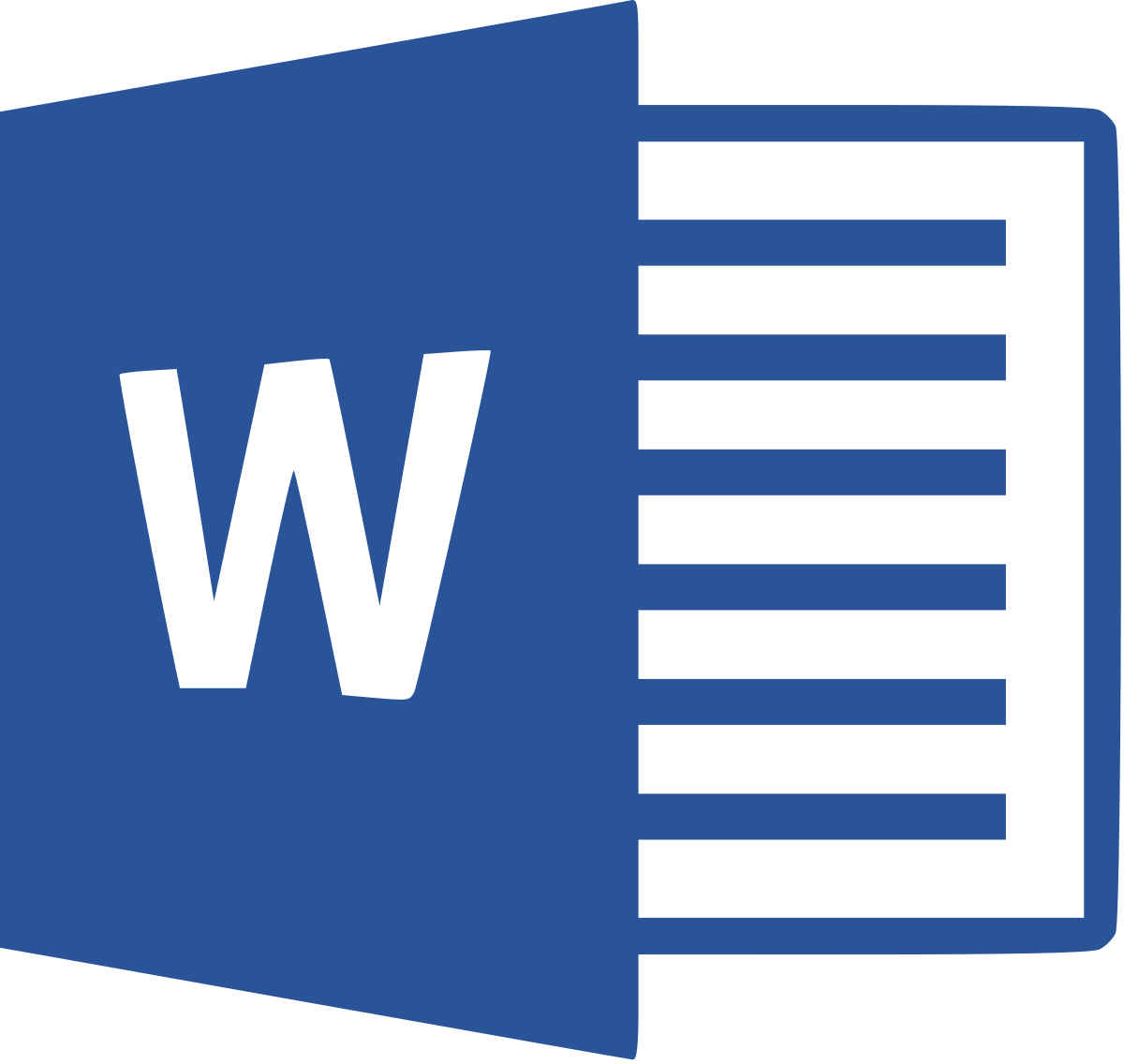INSTRUMEN KOMPETENSI PENGAPAIAN UNTUK TEKNISI MOTOR BENSIN
DOI:
https://doi.org/10.26740/jvte.v2n1.p37-40Abstract
ABSTRAK
Tujuan penelitian adalah: (1) Mengembangkan instrument uji kompetensi teknisi motor bensin khusus tentang pengapian. (2) Mengembangkan perangkat instrument uji kompetensi teknisi motor bensin untuk operasional uji kompensi yang meliputi: a) Kriteria penilaian; b) Prosedur penilaian; c) Kriteria penguji; dan d) Manual instrument. (3) Mengembangkan kompetensi yang diperlukan oleh teknisi motor bensin untuk dapat mengatasi permasalah otomotif yang ada di lapangan. (4) Menemukan validitas isi dan konstruk (5) Menemukan reliabilitas empiris instrumen uji kompetensi motor bensin untuk mengukur kompetensi teknisi pada mahasiswa program diploma 3 jurusan teknik mesin otomotif. Hasil analisis faktor untuk butir sub-sub faktor yang dimaksud diperoleh angka ukuran ketepatan KMO sebesar 0,704 yang berarti memiliki ketepatan ukur yang middling (cukup).
Kata Kunci: Kompetensi, Pengapaian, Teknisi Motor Bensin.
ABSTRACT
The research objectives are: (1) Developing a competency test instrument for specialized gasoline motorbike technicians regarding treatment. (2) Developing a competency test instrument for gasoline motorbike technicians for operational competency testing which includes: a) Assessment criteria; b) Assessment procedures; c) Test criteria; and d) Instrument manuals. (3) Developing the competencies needed by gasoline motorcycle technicians to be able to overcome automotive problems in the field. (4) Finding content and construct validity (5) Finding empirical reliability of gasoline motor competency test instruments to measure the competency of technicians in diploma 3 students majoring in automotive mechanical engineering. The results of the factor analysis for the referred sub-factor items obtained the accuracy of the KMO measurement number of 0.704 which means it has a measurement accuracy that is middling (sufficient).
Keywords: Competence, Achievement, Petrol Motorcycle Technician.
References
[1] Arikunto, Suharsimi, Dasar-Dasar Evaluasi Pendidikan.,Jakarta: PT. Bumi Angkasa, 2001
[2] Aiken Lewis R., Psikological Testing and Assessmenmt 9thEdition, Boston: Allyn and Bacon, 1997
[3] Mehrens and Lechman, Measurement and Evaluation in Education and Psychology. Fourth Edition. Orlando: Harcourt Brace College Pbubllisher, 1991
[4] Popham W. James, Classroom Assesment: What Teachers Neet to Kwon Boston: Allyn and Bacon, 1995
[5] Santoso, Singgih, Statistik Multivariat. Jakarta, PT, Alex Media Komputindo, 2003
[6] Soeprijanto, Pengembangan Alat Penilaian Kinerja Guru Praktik Bidang Keahlian Teknik, Disertasi., Jakarta: Program Pascasarjana, UNJ, 2005
[7] Tuckman Bruce W, Measurement Educational Outcomes: Fundamental of Testing (New York: Chica-go San Francisco-Atlanta: Harcourt Brace Jovanovich, Inc, 1975
Downloads
Published
How to Cite
Issue
Section
 Abstract views: 234
,
Abstract views: 234
, PDF Downloads: 294
PDF Downloads: 294






